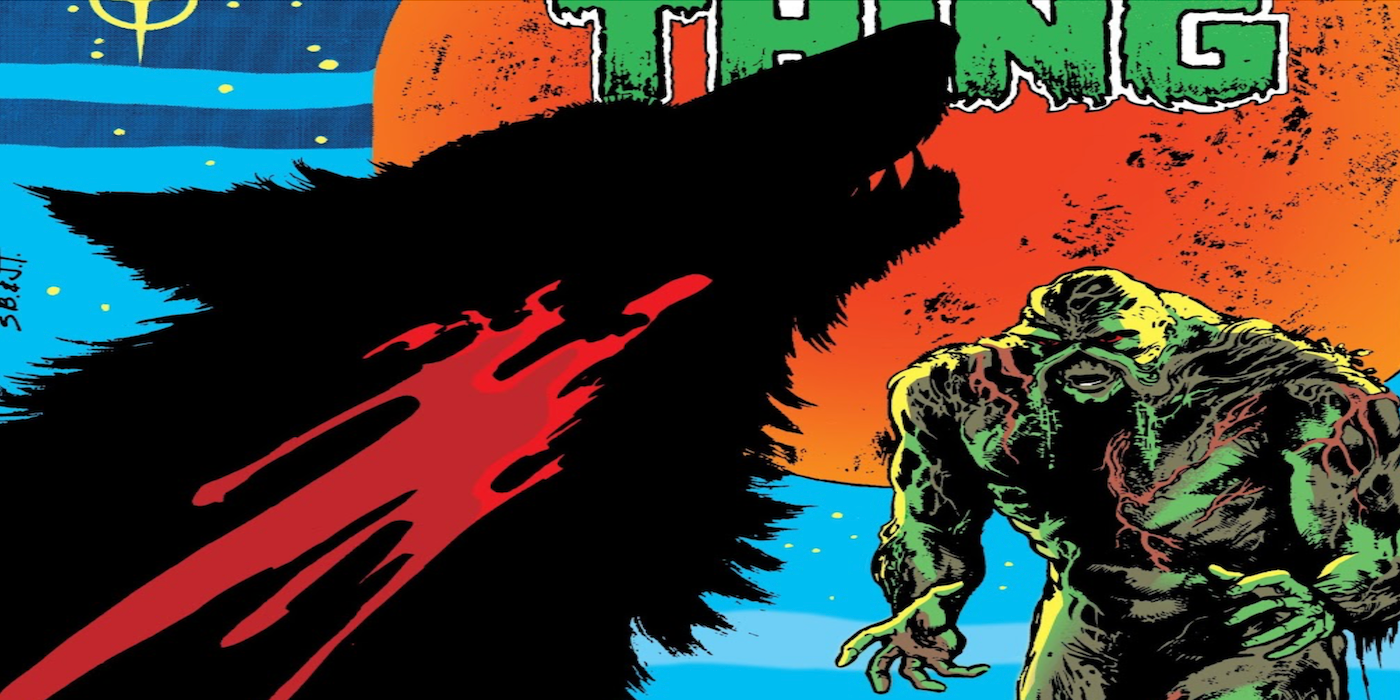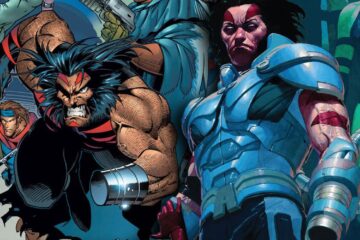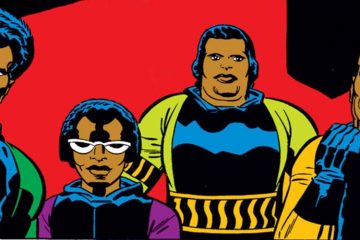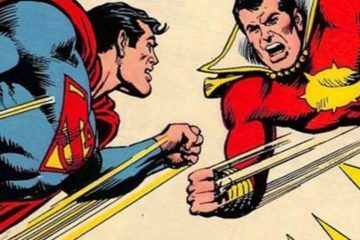With its character-shattering retcon, abandonment of Comics Code Authority approval, and prescient eco-activism, Saga of the Swamp Thing is rightly remembered as one of the greatest comic book runs of all time. Over 44 issues, Alan Moore—joined by John Totleben and Steve Bissette—crafted poetic tales of existential angst, body horror, and dark spirituality. The crowning achievement of this celebrated run is the American Gothic arc. Boasting the first appearance of the complex and problematic John Constantine, the arc sees Swamp Thing confronting horror stalwarts across America as an apocalyptic conspiracy draws into focus. With each traditional monster that he utilized, Moore introduced a fresh twist to their existing mythologies, often presenting the definitive portrayals of these horror mainstays.Never was this better realized than in Saga of the Swamp Thing #40, “The Curse,” by Moore, Bisette, Totleben, Tatjana Wood, and John Constanza. Having tackled vampires in the preceding issue, Moore turned his hand to werewolves. Rather than portraying this monster for mere shock value, Moore used the werewolf trope to hold a mirror up to society. As with all great horror, the scares come not from the obligatory creature and gore but from the darker, more abstract terror that this construct represents. With a feminist subtext running through its heart, The Curse is arguably the greatest werewolf story ever told.The moral direction of this issue is apparent from the very first panel. Surrounded by gaudy advertisements enforcing traditional gender roles, a nameless woman shops for groceries, with “Moon River” lilting over the supermarket’s surround sound. Moore packs an impressive amount of foreshadowing into just one panel. While the kitchen knives advertised will go on to provide the tale’s tragic conclusion, the choice of song is also calculated. Made famous by Audrey Hepburn, “Moon River” features prominently in the cinematic adaption of Truman Capote’s Breakfast at Tiffany’s. The movie focuses on Holly Golightly, a free-spirited woman who doesn’t want to be “put in a cage.” However, by the movie’s climax, the audience witnesses Golightly ultimately succumb to this when she accepts the protagonist’s amorous advances. The situation (in effect, Golightly’s abandonment of her very essence) is draped in Hollywood gloss attesting to “true love.”RELATED: Swamp Thing’s Retconned Origin Story Was Tragic – But Entirely NecessaryRELATED: Did Alan Moore Almost Write Justice League of America Instead of Swamp Thing?
With its character-shattering retcon, abandonment of Comics Code Authority approval, and prescient eco-activism, Saga of the Swamp Thing is rightly remembered as one of the greatest comic book runs of all time. Over 44 issues, Alan Moore—joined by John Totleben and Steve Bissette—crafted poetic tales of existential angst, body horror, and dark spirituality. The crowning achievement of this celebrated run is the American Gothic arc. Boasting the first appearance of the complex and problematic John Constantine, the arc sees Swamp Thing confronting horror stalwarts across America as an apocalyptic conspiracy draws into focus. With each traditional monster that he utilized, Moore introduced a fresh twist to their existing mythologies, often presenting the definitive portrayals of these horror mainstays.
Never was this better realized than in Saga of the Swamp Thing #40, “The Curse,” by Moore, Bisette, Totleben, Tatjana Wood, and John Constanza. Having tackled vampires in the preceding issue, Moore turned his hand to werewolves. Rather than portraying this monster for mere shock value, Moore used the werewolf trope to hold a mirror up to society. As with all great horror, the scares come not from the obligatory creature and gore but from the darker, more abstract terror that this construct represents. With a feminist subtext running through its heart, The Curse is arguably the greatest werewolf story ever told.
The moral direction of this issue is apparent from the very first panel. Surrounded by gaudy advertisements enforcing traditional gender roles, a nameless woman shops for groceries, with “Moon River” lilting over the supermarket’s surround sound. Moore packs an impressive amount of foreshadowing into just one panel. While the kitchen knives advertised will go on to provide the tale’s tragic conclusion, the choice of song is also calculated. Made famous by Audrey Hepburn, “Moon River” features prominently in the cinematic adaption of Truman Capote’s Breakfast at Tiffany’s. The movie focuses on Holly Golightly, a free-spirited woman who doesn’t want to be “put in a cage.” However, by the movie’s climax, the audience witnesses Golightly ultimately succumb to this when she accepts the protagonist’s amorous advances. The situation (in effect, Golightly’s abandonment of her very essence) is draped in Hollywood gloss attesting to “true love.”
#Days #Halloween #Swamp #Greatest #Werewolf #Story #Told
Note:- (Not all news on the site expresses the point of view of the site, but we transmit this news automatically and translate it through programmatic technology on the site and not from a human editor. The content is auto-generated from a syndicated feed.))



